10 lies video games tell us about racing
Ramp off a building while on fire in our latest feature on the lies games tell us
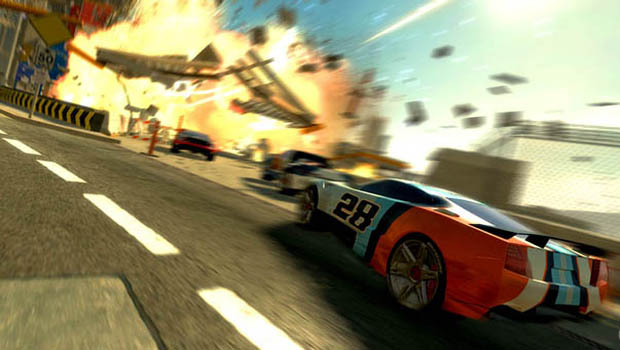
Start your engines
Last week we dug our brains into the fictional representation of outer space in video gaming, and this week we're bringing things back down to terra firma with a look at how video games stretch the truth about cars and racing.
As is usually the case, these aren't necessarily bad things. Game designers love to "correct" reality in order to make it fun. We're just trying to set the record straight. Like a road. A straight road.
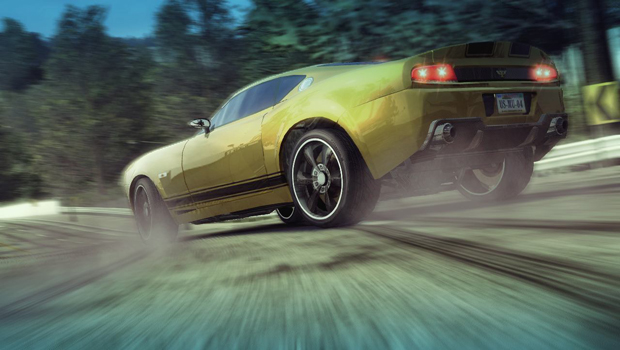
Friction doesnt matter that much
Friction is the age-old enemy of the racing game designer. Not only does the real life version of friction prevent ridiculous spontaneous drifting, but it also puts the kaibosh on a few other staples of racing gaming. Mostly grinding up on walls when you make turns: the bread and butter of sucking at racing games.
It shows up most in games like Burnout where you can grind against walls or the median without much penalty to your speed. In fact, the steel-on-concrete friction doesn't seem to slow you down at all if you're using nitrous boosters. They also love to let you grind up against your opponents as an act of aggression, while ignoring the real world bummer of gashed tires. We'd like to see more games where your tires can be sliced open by opposing racers, leaving you to wait around for AAA for six hours.
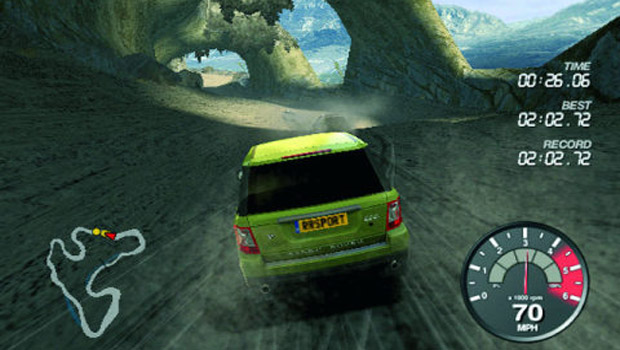
SUVs can do hairpin turns at 100mph
Game developers just love including SUVs as unlockable classes in their racing games because they think it represents a nice change of pace from the dainty speedsters that dominate most games. And they're sort of right, in gameplay terms.
That said, there's a reason you don't often see SUVs racing on ESPN: It'd be really stupid. If you've ever driven an actual SUV you've probably noticed that they tend to feel like they're going to tip over when you round a corner at a blazing 35 miles per hour. Yet in racing games we see them pulling 180 degree turns at full speed. Thats simply not how things work. There are plenty of videos on YouTube that offer a good glimpse at what happens when you try to turn your SUV too suddenly.
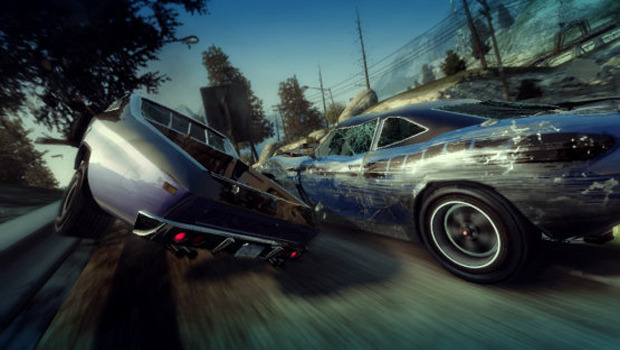
Ramming opponents is a good strategy
When we play racing games we're usually pretty clear on the fact that we're horrible at racing games. That doesn't mean we can't win though. Generally, we like to employ a strategy called, "Operation: Drag Everyone Else Down." The idea is to screw up everyone else's race so badly that we can come in at a decent rank.
This works great in Burnout and Need for Speed, but not so much in Gran Turismo. The biggest reason is that you just can't go around ramming seven other cars on the tarmac and hope your car stays together. You might mess up some of their cars, but you'll get equal punishment. If you hit seven cars, you officially have seven times more collision damage than everyone else. Good strat, dude.
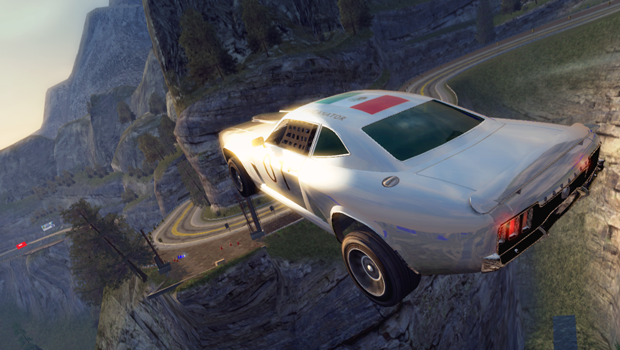
Cars were meant to be jumped
We've been playing a lot of Need for Speed: Most Wanted this week, and like Burnout Paradise before it, one of the main messages seems to be: "Gravity? Don't worry about gravity." That means any time we see a ramp we go for it, because that's the best thing you can do in a car, right? Not exactly.
Game devs love to disregard the simple fact that if you ramped off a seven story building and landed your car on flat, solid ground, it's pretty likely that bad things would happen. Like having your lungs wind up somewhere inside your colon as your internal organs smash toward the ground, thanks to all the additional mass strapped to you. Oh, and the car would likely be destroyed, since rubber tires aren't that shock absorbent.
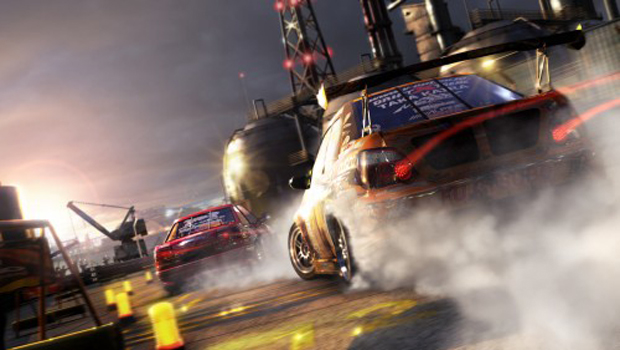
Drifting is always the best decision
Thanks to games like Mario Kart, OutRun, Burnout, and Need For Speed, lots of people seem to be under the impression that drifting is a really good strategy for racing. And that's sort of true--but only if you're actually in a drift race.
If you're in a normal car, you're not just going to drift around the corner of Main St. and Oak Ave. Cars generally have tires designed specifically to prevent drifting. Even in professional races, you don't see people drifting around corners. The far wiser strategy is to find the perfect angle to slice through the turn without losing momentum. Drifting is quite poor at conserving momentum by comparison.
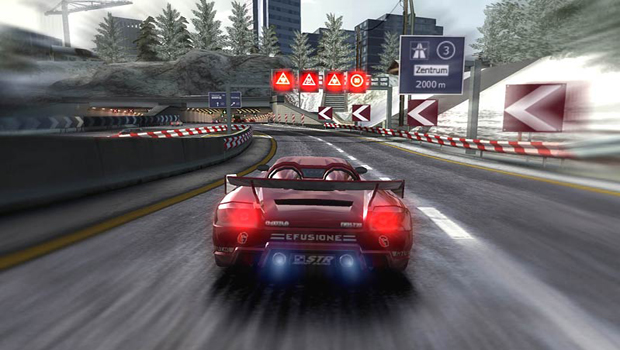
Nitrous = rocket booster
As we dig deeper and deeper into this list we're starting to realize that Burnout is the root of all evil (or, at least, the root of all bad science). Ever since arcade racing games discovered that there's a real thing called nitrous oxide boosters which can make your car go faster they've come up with ever more fantastical visions of how that works.
At this point, nitrous boosters are essentially sci-fi rockets strapped to the tush of a race car. The good news: yes nitrous makes your car go faster. The bad news: it's a bit more mundane than that. The long and short of it is that the introduction of Nitrous Oxide into the engine pumps more oxygen into the system allowing you to burn more fuel, more quickly.
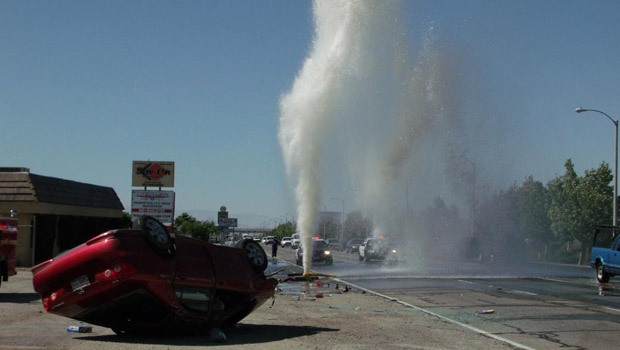
Fire hyrdrants can be run over
This myth falls firmly in the category of "totally fake," but we understand why many games fudged this one. Open-world racing games would be an absolute mess if every street corner had a little iron tank that was bolted to the ground.
In arcade racing games, fire hydrants aren't a problem. They pop off like champagne corks, sending a satisfying geyser of water shooting into the air. That's not actually what happens when you hit one of those though. Cars are fragile; steel plumbing is not. The picture above is a more accurate representation of what racing games would look like if they were more realistic.

Landing on your wheels solves everything
Remember that SUV that flipped over in the gas station a few slides ago? What? You didn't click on on the YouTube link? Well, don't worry--he was totally fine because his car landed on its wheels... or at least he would be if this was a video game.
Games have a tendency to only declare a crash has occurred if certain conditions have been met. Have you been hit with sufficient force in the hood? Crash. Hit a guard rail too hard? Crash. Land on your wheels after taking a turn too quickly and flipping the car 13 times, crushing every conceivable piece of the vehicle while sending parts flying into the air? Rub some dirt on it, you'll be fine.
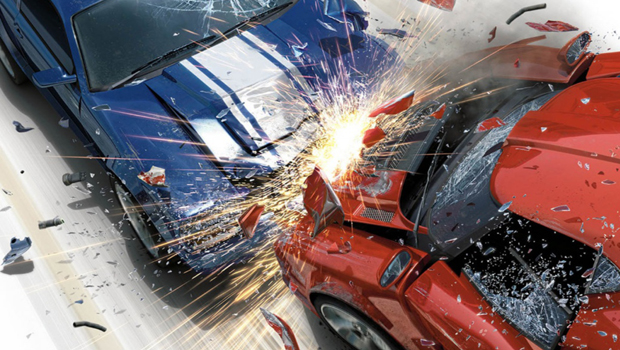
Cars are easy to destroy
The other side of the destruction story is that while cars are pretty quick to break in crashes, they're pretty impervious to blunt force trauma. Go watch a destruction derby sometime. You'll be treated to the glorious sight of some ridiculous people in ridiculous cars slowly trying to grind each other to death.
It can take forever. Granted, these are often reinforced vehicles, but the result is still far from the Burnout tradition of tapping an opponent gently then watching his vehicular corpse soar through the air in flames. So while yes, cars can die instantly when their vital parts take damage, those vital parts are usually pretty well-shielded from crashes with another car.
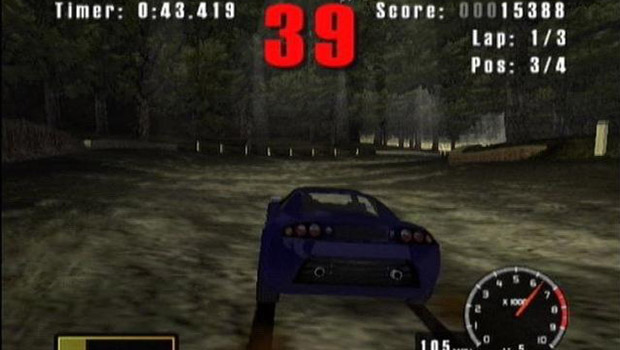
Driving off-road is a good idea
Video games love to pretend that driving off-road in your Maserati is a reasonable alternative to driving on smooth pavement. They are incorrect. They're especially incorrect when they depict off-road racers gunning it at 100mph through rough terrain, despite being outfitted for tarmac.
Let's paint a picture: Think about how much it sucks to hit a deep pothole while traveling at a meager 25 mph. It sort of feels like the whole wheel came off. Now mentally replace that pothole with a large 20 pound stone. Replace your stubborn old '99 Buick with a delicate Italian sportscar, and imagine it hitting that stone at 100mph. Complete and utter destruction.
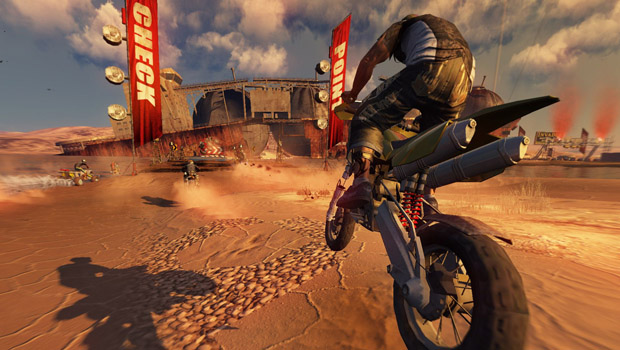
The end of the road
We'd just like to reiterate that we don't think racing games are "wrong" for stretching the truth about reality. We love it when they do. It allows us to have different genres, and also to drift around corners at 130mph while dodging a crashing aircraft in Split/Second.
It's just that when you repeatedly stretch the truth, it starts to sink in when people don't know any better. So we try to bring things back to the light of truth once in a while.
And if you're looking for more SCIENCE, check out 10 lies video games tell us about outer space and the science of zombie games.

Andrew is a freelance video game journalist, writing for sites like Wired and GamesRadar. Andrew has also written a book called EMPIRES OF EVE: A History of the Great Wars of EVE Online.


